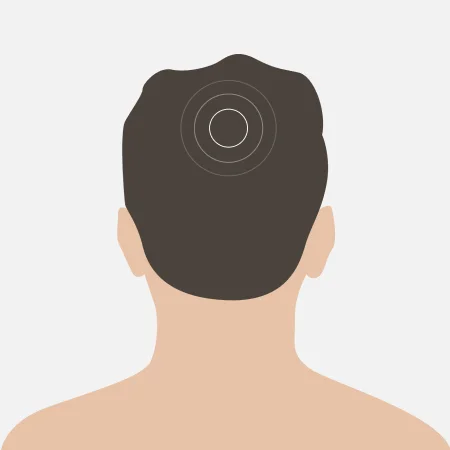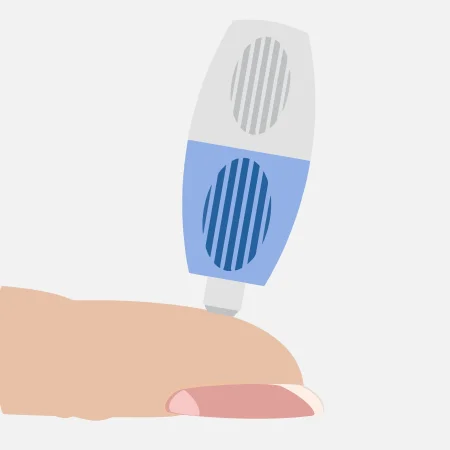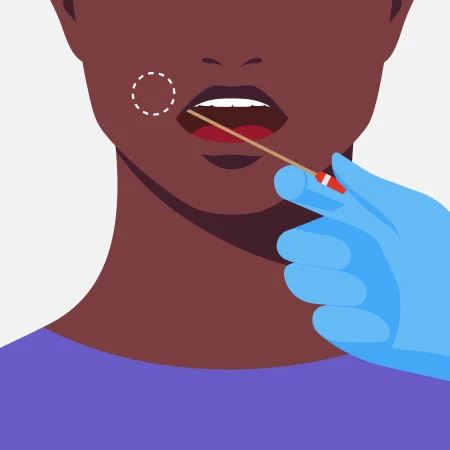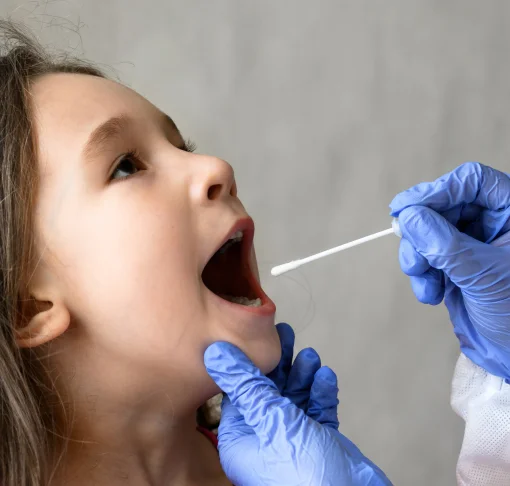- Drug and Alcohol
Court approved hair, nail, blood drug and alcohol testing - Maternity and Paternity
Ministry of Justice approved legal DNA testing - Wider Relationships
Understanding second and third degree familial connections - Immigration
Home Office approved testing for visas and passports - Expert Services
Court standard expert witness reporting - International DNA Collection
Home Office approved DNA collection from overseas
Introduction to MDMA
MDMA (3,4-methylenedioxymethamphetamine), commonly known as Ecstasy or Molly, is a popular party drug known for its stimulant and empathogenic effects. It enhances sensory perception, increases feelings of emotional closeness, and creates euphoria, making it a substance commonly used in social settings such as clubs, festivals, and parties. However, MDMA is illegal in most parts of the world, and its use comes with significant health risks, including dehydration, overheating, and long-term neurological damage.
MDMA Street Names
- Ecstasy
- Molly
- E
- X
- Adam
- Hug Drug
- Love Drug
- Beans
MDMA's Chemical Structure
MDMA, scientifically known as 3,4-methylenedioxymethamphetamine, has a chemical structure similar to both stimulants (like amphetamine) and hallucinogens (like mescaline). Its structure allows it to release large amounts of serotonin, dopamine, and norepinephrine in the brain, leading to the feelings of euphoria, energy, and emotional warmth commonly associated with its use. Its molecular formula is C11H15NO2.

How To Test For MDMA
Here are the most common tests used to detect MDMA and the timeframes they cover:
01
Hair
Long Detection Window (Months)

Hair testing can detect MDMA use for several months. It is typically used in forensic settings or long-term monitoring, as it provides a historical record of drug use.
Explore Hair Drug Test02
Fingernail
Long Detection Window (Months)

Fingernail tests also offer a long detection window, similar to hair testing, and can detect MDMA use for several months after consumption.
Explore Fingernail Drug Test03
Urine
Medium Detection Window (Days)

Urine tests are commonly used to detect MDMA. They can typically detect its presence for 1 to 3 days after use, although in cases of frequent use, MDMA can be detected for up to a week or more.
Explore Urine Drug Test04
Blood
Short Detection Window (Hours to Days)

Blood tests are highly accurate and can detect MDMA for up to 1 to 2 days after consumption. Blood testing is often used in emergency medical settings or legal investigations.
Explore Blood Drug Test05
Saliva
Short Detection Window (Hours to Days)

Saliva tests are useful for detecting MDMA use in the short term. MDMA is typically detectable in saliva for up to 24 hours after use, making it useful for roadside drug testing or quick screenings.
Explore Saliva Drug TestLegitimate Use Cases for MDMA
MDMA was originally developed in the early 20th century and later gained popularity as a recreational drug. It has no approved medical use in most countries for recreational purposes. However, MDMA is being researched for potential therapeutic applications, particularly in the treatment of PTSD (Post-Traumatic Stress Disorder). Clinical trials are exploring its use in controlled environments as an adjunct to psychotherapy to help patients process trauma more effectively.
Will MDMA Show Up on a Drug Test?
Yes, MDMA will show up on a drug test. It is a substance that is tested for in various environments, such as legal, including law enforcement, employment, and medical settings. Standard drug tests, particularly hair, nail, urine, blood, and saliva tests, can detect MDMA for varying periods after use, depending on the test type and the frequency of use.
Get a Quote
How Long Does MDMA Stay in Your System?
The amount of time MDMA stays in your system depends on several factors, including dosage, metabolism, and frequency of use. Generally, MDMA stays in the body for the following timeframes:
- Urine Test: Detectable for 1 to 3 days
- Blood Test: Detectable for 1 to 2 days
- Hair and Nail Test: Detectable for several months
- Saliva Test: Detectable for up to 24 hours
Chronic use of MDMA can increase the detection window, and factors such as body fat, metabolism, and hydration can affect how long the drug stays in your system.
Get a Quote
Factors Influencing MDMA’s Presence in Your Body
Several factors can influence how long MDMA stays in your system, including:
- Frequency of Use: Frequent use can lead to a buildup of MDMA metabolites in the body, extending the detection window.
- Metabolism: Individuals with faster metabolisms generally excrete drugs more quickly than those with slower metabolisms.
- Hydration: MDMA use can lead to dehydration, which may slow the body’s ability to eliminate the drug.
- Body Fat: Since MDMA is fat-soluble, individuals with higher body fat percentages may retain traces of MDMA for a longer period.
- Dosage: Higher doses can extend the time MDMA stays in the system, as the body works to metabolise and excrete the larger amount of the drug.
MDMA Use in Legal Scenarios
MDMA is often tested for in legal situations, particularly in the family law, negligence, and child custody cases, context of driving under the influence (DUI) laws, probation monitoring, and criminal investigations. A positive drug test for MDMA can result in legal penalties, including fines, loss of employment, and potential incarceration. In legal cases, drug testing for MDMA is often part of the evidence collected to determine whether an individual was under the influence during an event or while operating a vehicle.
False Positives and Interpretation of MDMA Results
False positives for MDMA are rare but can occur at the earlier screening method, particularly if the individual has used other substances that cross-react with MDMA in standard drug tests. Certain medications, such as antidepressants or cold medicines, may cause a false positive for MDMA. To confirm the results, more specific tests such as Gas Chromatography-Mass Spectrometry (GC-MS) are often used to ensure accurate identification.

Popular Culture and MDMA
MDMA has a significant presence in popular culture, particularly within the rave and electronic dance music (EDM) scenes. It is known for its ability to enhance sensory experiences and foster feelings of emotional connection, making it a popular choice in party and festival environments. The drug is often associated with the "love drug" or "hug drug" due to its ability to increase empathy and emotional openness. However, its portrayal in the media often overlooks the serious risks and potential for addiction.
Get a Quote

Notable Forensic Cases Involving MDMA
MDMA has been involved in numerous forensic cases and care proceedings, particularly in drug overdose deaths, criminal investigations, and legal proceedings. Toxicology reports frequently identify MDMA as a contributing factor in overdose fatalities, and forensic toxicology labs often use specialised testing to detect its presence in post-mortem samples. Law enforcement agencies also use drug testing to identify MDMA in cases involving drug trafficking or driving under the influence.
Risk of Contamination
MDMA is a chemical that is commonly produced in illegal laboratories, and as such, there is a significant risk of contamination with other harmful substances. These contaminants can pose serious health risks and can also affect drug test results. It is important to handle suspected MDMA samples with care to prevent contamination and ensure that drug tests provide accurate results.
MDMA may be present in hair and nails due to both external contamination and ingestion. Hair exposure to environments with MDMA , like proximity to drug users, or polluted surfaces, can lead to contamination. MDMA may be identified through standard hair tests, but advanced decontamination and washing methods are required to distinguish between genuine drug consumption and external contact. To ensure precise and fair results, this is particularly important in legal and professional settings
Get a Quote

